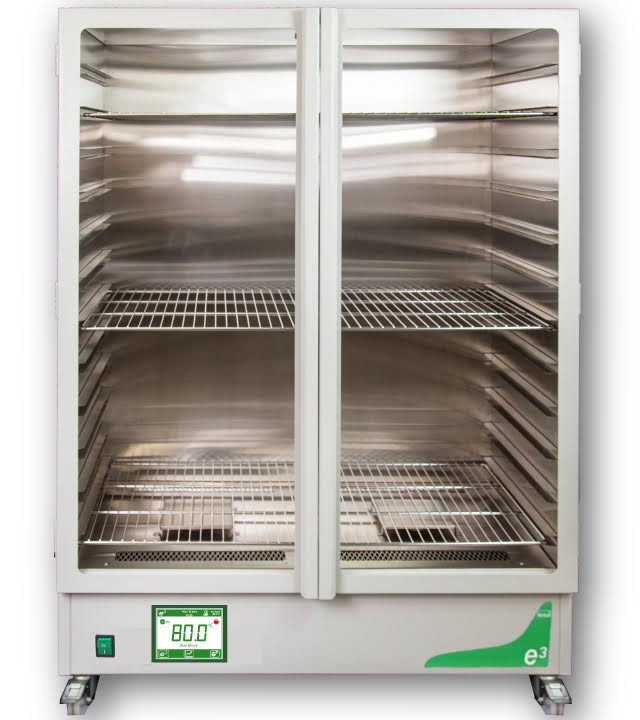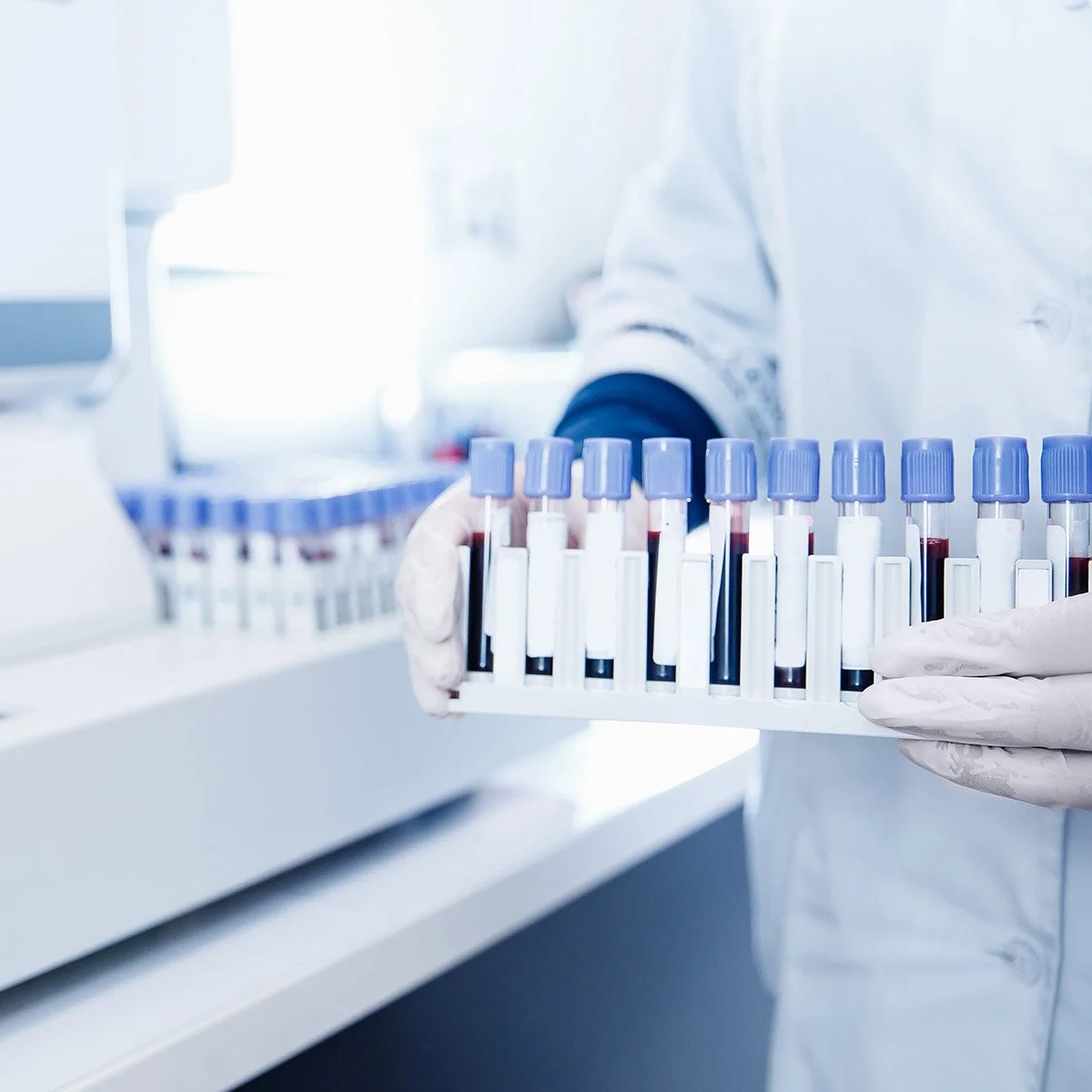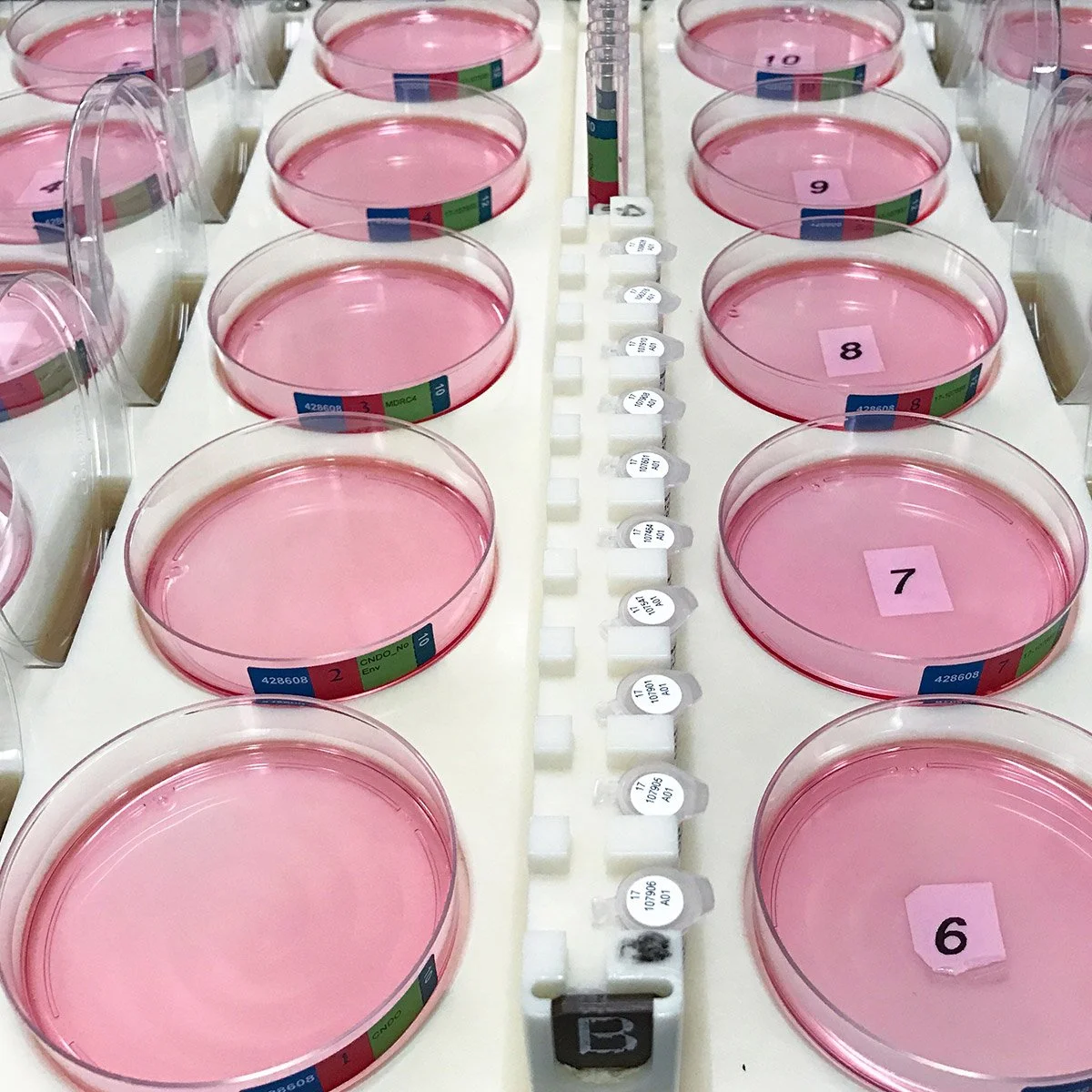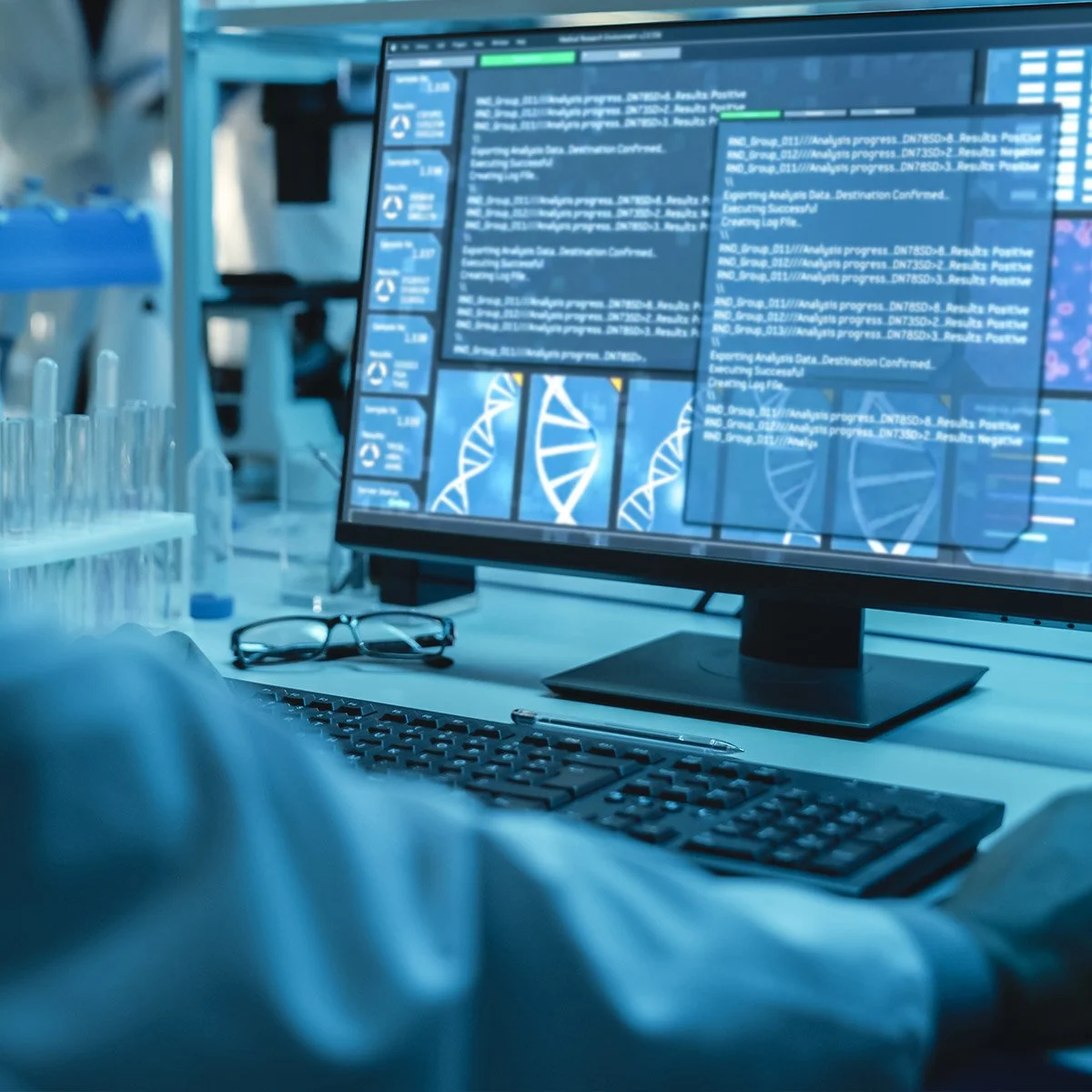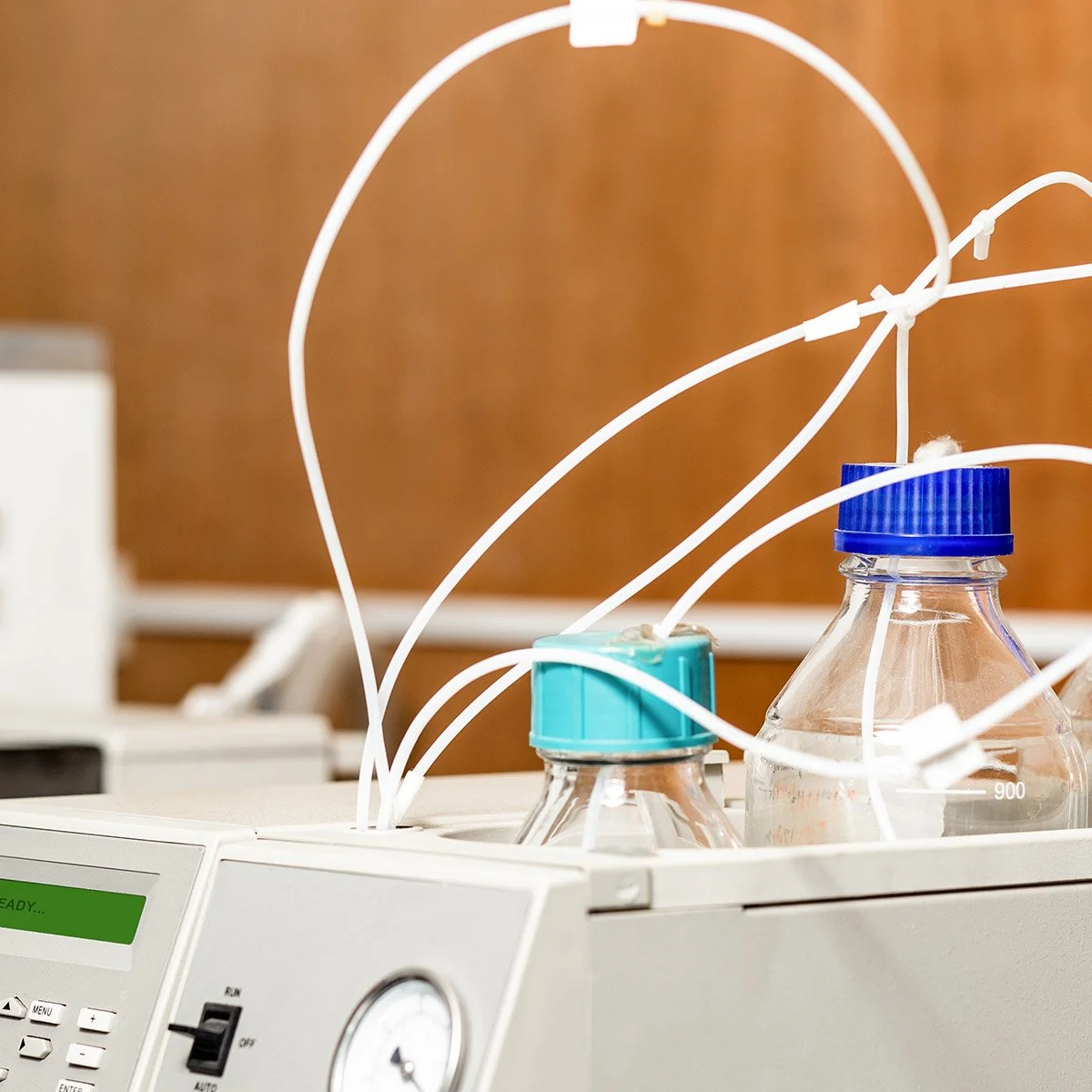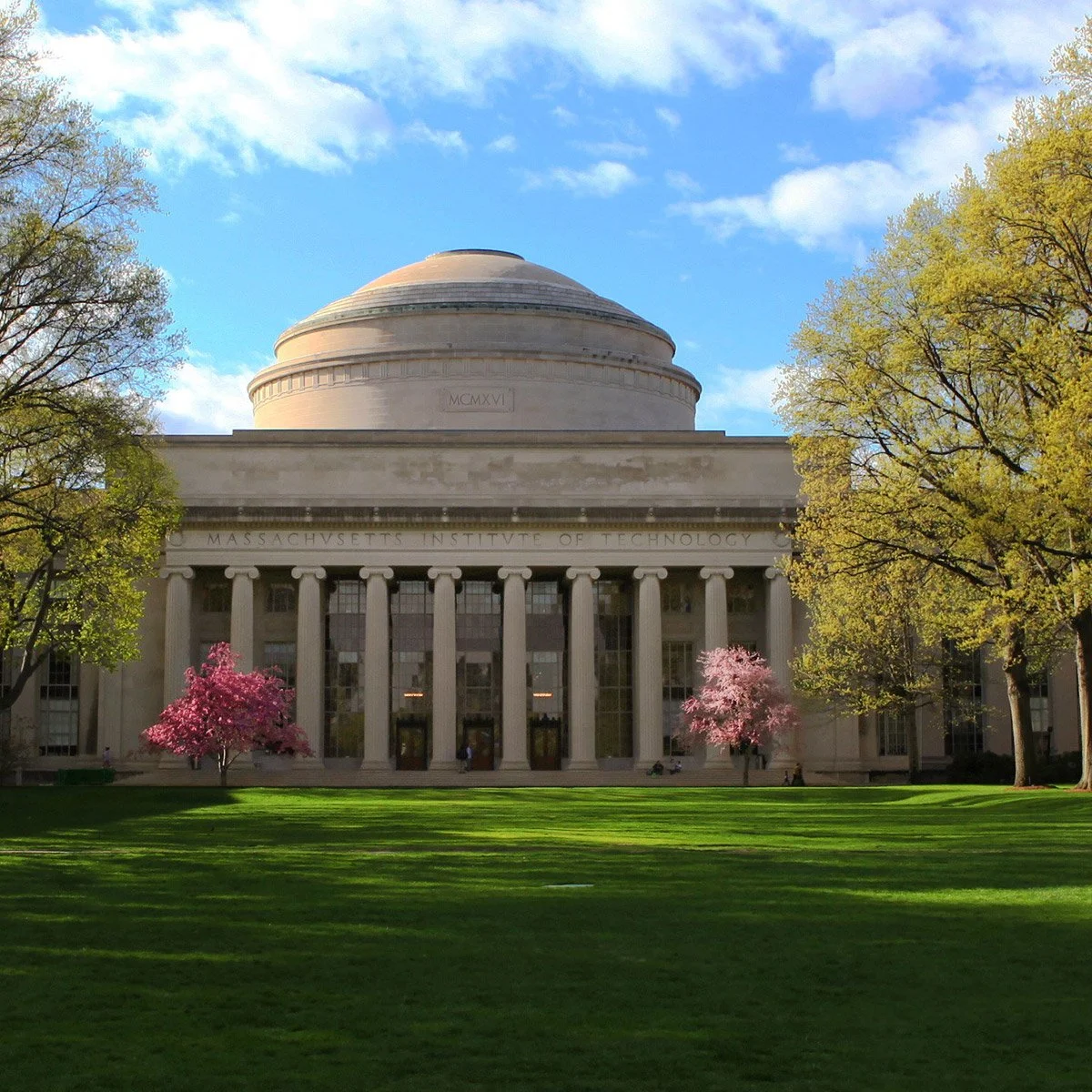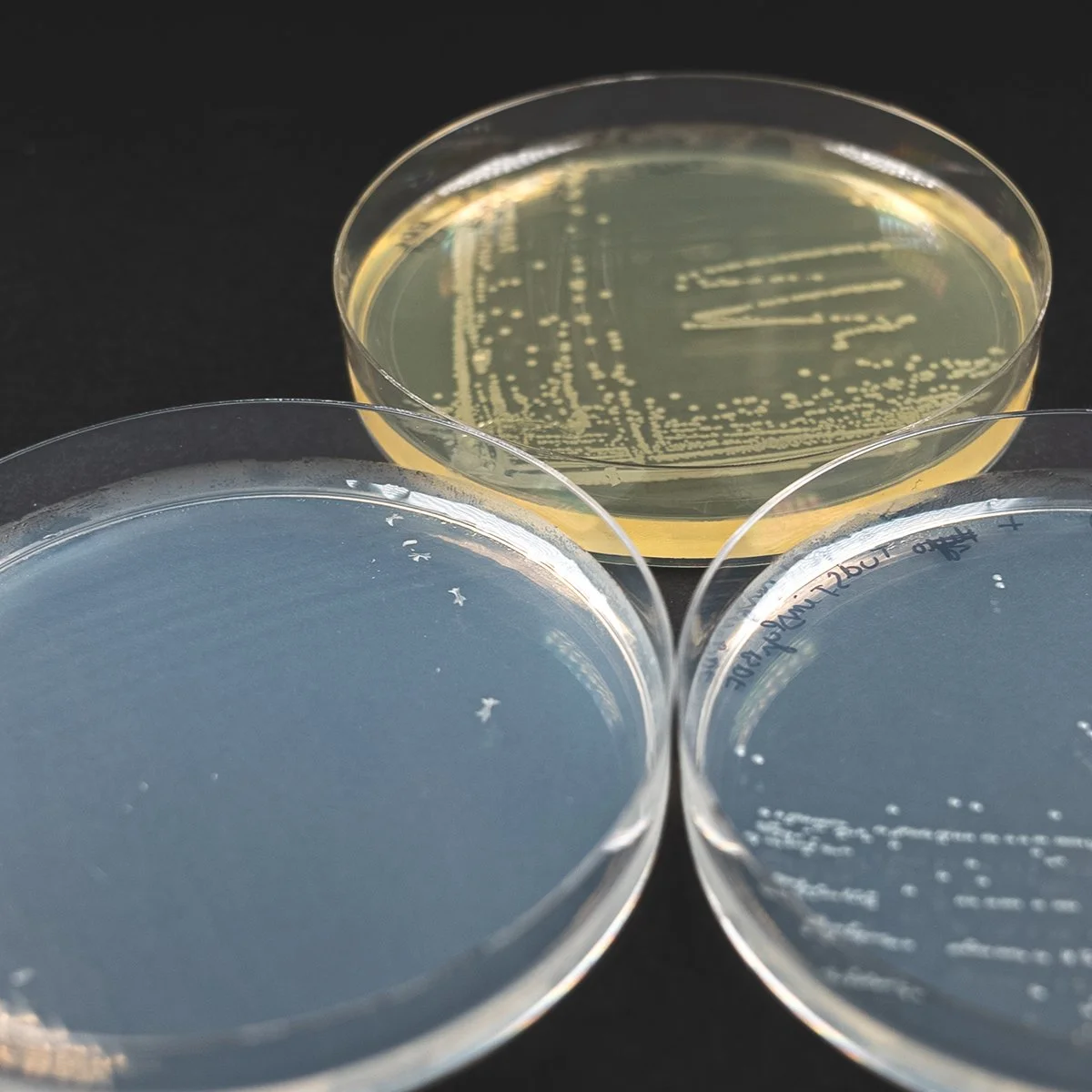Saving time and energy for labs
Scientists depend on an ecosystem of supporters to run laboratories. Today’s blog features a collaboration initiated by University of Cambridge chemists with Genlab engineers, that resulted in a revamp of the humble lab drying cabinet. The result of this design collaboration is the E3. It’s a machine that dries faster, has precise digital temp settings and can save 72% of energy. Not to be confused with its larger cousin, the lab oven - drying cabinets are mainly used to keep chemicals and glassware moisture free. Life science labs are experimenting the using E3’s features for sample prep and culturing applications. The E3 shows that when scientists provide input for sustainable design, it makes lab work better.
The old style lab dryer is most often dialed up to max. Think “11” on the guitar amp in the movie This is Spinal Tap.
Image credit: wikicommons
Shocked by an energy plug load monitor
GPE Scientific Sustainability manager Barry Reid was working in a lab at the University of Cambridge one day reading energy plug load monitors. He looked at the read out for a dryer and thought “What? That can’t be right?!” Straight away he checked with Andy Evan, who was a lab sustainability officer and is now the director of Green Light Laboratories. Andy confirmed that yes, a glassware drying cabinet can sometimes use 10X as much energy per litre as a ULT freezer set at -80C.
The traditional drying cabinet design really hadn’t changed much since they were first manufactured in the 1950s. There was no real insulation to speak of. Dryer temperature was set with a knob. The knob was often perpetually set to max. Since the dial had no degrees markings - everyone dialed to “11”, much like the bass player’s guitar amp in the classic comedy This is Spinal Tap. Sustainability officers tried to save energy by adding timers to these old drying cabinets. Unfortunately the timers get unplugged or go missing entirely. Design-wise, traditional lab dryers were energy black holes, that had gone relatively unnoticed for decades.
Barry’s metaphorical shock occurred when the University of Cambridge was running an energy audit to help it reach its sustainability goals set in 2011. Needles to say, lab drying cabinets were identified as a priority case. Unfortunately, there were no energy efficient lab dryers on the market.
Re-designing the lab dryer with scientists’ feedback
The Chemistry department took up the cause and worked with Barry Reid and GPE Scientific engineers to design a better drying cabinet. The University’s Energy and Carbon Reduction Project (ECRP) fund promised to subsidize the replacement of the old dryers.
The resulting E3 design is fully insulated with a digital touch screen and built in 7 day timer. The insulation is key. It drys much faster. Is is also safer because it’s not a fire hazard. Traditional drying cabinets can throw enough heat to burn a vinyl floor! If the room with your lab’s drying cabinet feels toasty warm, it isn’t the HVAC system, folks! The dryer is far more economical to run. Logging and monitoring will verify your current dryer’s energy usage and provide a predicted payback period of 5 years or less. Given positive feedback from scientists, Barry Reid now often adds the e3 controller to Genlab drying ovens, water baths and incubators for microbiology labs. The precision control and timer is more efficient for lab work - plain and simple!
“It’s important for people to realize that lab sustainability efforts make sense in general. It’s not just the right thing to do for the environment, it’s actually beneficial for the scientists working in labs.” - Martin Howes Sustainable Labs Coordinator, University of Cambridge
The University of Cambridge Sustainable Labs Coordinator Martin Howes explained that the E3 drying cabinets have streamlined lab work flows. Scientists are happy with its much faster drying. Particularly interesting, the E3 is also being tried for more applications. For example, researchers from the Cambridge University Botanic Garden are using the E3 to dry plant samples. Martin made the astute point that “It’s important for people to realize that lab sustainability efforts make sense in general. It’s not just the right thing to do for the environment, it’s actually beneficial for the scientists working in labs.”
Martin Farley, who started the lab sustainability programs at King’s College London, Edinburgh, and University College London, also organised drying cabinet replacement projects for both UCL (sustainability report see pg. 9) and King’s College London (case study) to great effect. Farley explained that the outcome of replacement projects were carefully considered both in terms of costs and carbon savings. Dryers were one of the few that actually paid back on investment. “The drying cabinet replacement programmes were a great example of someone rethinking a classic piece of lab kit that hadn’t received any innovation, if ever. It also illustrated how even relatively easy-wins require a bit of consideration as to what you’re truly achieving. This was a great project and we’re confident it saved tens of thousands for both UCL and King’s College London.” By the way, you should also read here about Martin’s current collaboration efforts with LEAF (Laboratory Efficiency Assessment Framework) which is currently being piloted by a group of 16 universities throughout the UK.
Latest case study shows that a drying cabinet can use as much as 10X the energy of a ULT freezer
Andy Evan of Green Light Laboratories was involved in the original testing and development for the e3. Andy has since assessed numerous units across the United Kingdom and managed replacement projects for a number of universities including the University of Oxford who replaced 150+ drying cabinets to reduce energy usage by 72%. Please feel free to contact Green Light Laboratories, and Andy Evan on any aspect of sustainable lab equipment usage – including auditing, assessing and energy monitoring, product development, performance standards and procurement specifications.
Labconscious applauds the spirit of this collaborative, sustainable design!



